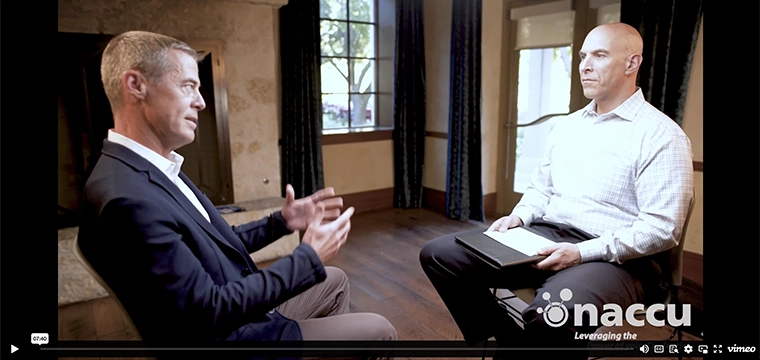
As more students tote plastic, institutions grapple with convenience versus cost
If some university administrators had their druthers, the only payments accepted on campus would be from the campus card or cash. At the other end of the spectrum, others ask why the campus card program is ‘competing with the financial industry,’ offering accounts, holding funds and processing payments. They suggest ditching campus card payments altogether in favor of ‘good old Visa and MasterCard.’
But in the modern world, neither extreme position has proven practical. Most campuses find it necessary to accept a mix of payment options, including open-loop credit and debit cards.
While open-loop payments might have once only been accepted at the bookstore for major purchases, they are now accepted at an increasing number of locations around campus, from dining halls to vending machines.
The trend in overall student spending – across all on and off campus venues – is certainly continuing toward open-loop payment cards. Student Monitor’s spring 2015 survey shows that 52% of spending was done with debit and credit cards and 40% with cash. Campus cards, meanwhile, were only responsible for 4% of payments.
The original idea behind the multi-function campus card was about keeping money on campus, says Bill Norwood, chief architect at Heartland Payment Systems. That along with avoiding costly interchange and processing fees – possibly as much as 3% – would mean the campus would take in, and hold on to, more money.
But then a societal shift occurred derailing some of these plans. “The younger generation started arriving on campus with payment cards,” Norwood says. “Parents wanted kids to have a Visa or MasterCard to pay for books and maybe accrue points for their loyalty program.”
To keep pace, institutions allowed open loop to migrate from the bookstore to other areas across campus. But it has not come without costs and complexities.
“Open loop creates additional costs, paying processor fees that universities don’t have with closed loop,” says Kent Pawlak, director of product strategy at BlackboardハTransact. “You have to balance the convenience with the costs to the institution.”
[pullquote]Campuses were all about mitigating fees from payment cards, but they have started embracing open-loop payments and realize they can’t turn them away[/pullquote]
The transactions are safer for the student and the consumer, but not necessarily for the university. When a fraudulent purchase takes place, it’s typically the merchant – in this case the university – who has to take the financial hit. “With closed loop campus card payments, you have a defined community and there’s less risk, so instances of fraud are rare,” says Pawlak.
Loyalty programs from credit cards are also impacting payment choices. For some students – and their parents – it’s all about the miles. “People don’t carry cash and they want the loyalty points,” says John Diaz, vice president of business development at Sequoia Retail Systems.
Campuses were all about mitigating fees from payment cards but that’s changed, Diaz explains. “Our customers have started embracing open-loop payments and realize they can’t turn them away,” he says.
Campuses were all about mitigating fees from payment cards, but they have started embracing open-loop payments and realize they can’t turn them away
Diaz credits the evolution in campus food services as a catalyst for the change. “The food service providers on campus have moved from managing a dining hall to having a ton of branded concepts on campus,” he says.
The stalwart all-you-can-eat options still exist, but more common are food courts complete with Starbucks, Einstein’s Bagels and Chick-fil-A. These large-scale chains accept the campus card but insist on regular payments as well, says Brian Hendrix, product manager at Sequoia Retail Systems. They cater not only to the campus population but also to members of the community who don’t have campus IDs.




